2002 was a much simpler time. The gaming sphere was still in its relatively early stages of 3D graphical gaming. While the fifth gen of gaming consoles introduced 3D graphics on systems like the Nintendo 64 and the PlayStation, the sixth introduced gamers to systems like the Gamecube and the PlayStation 2.
Back in 2002, the NASCAR gaming license wasn’t exclusive. There were three companies all working on their own flavor of NASCAR video game. They were all working to get their product ahead of the rest utilizing the latest and greatest technology at the time.
The Papyrus Group had the NASCAR Racing titles for PC Gaming, more of a simulator setting than a standard game. EA Sports introduced us to the Thunder series in the year of 2001 for their 2002 title. Those games truly encapsulated a fun, arcade-type racing environment. Then, there was Monster Games developing with Infogrames publishing the NASCAR Heat franchise that year.
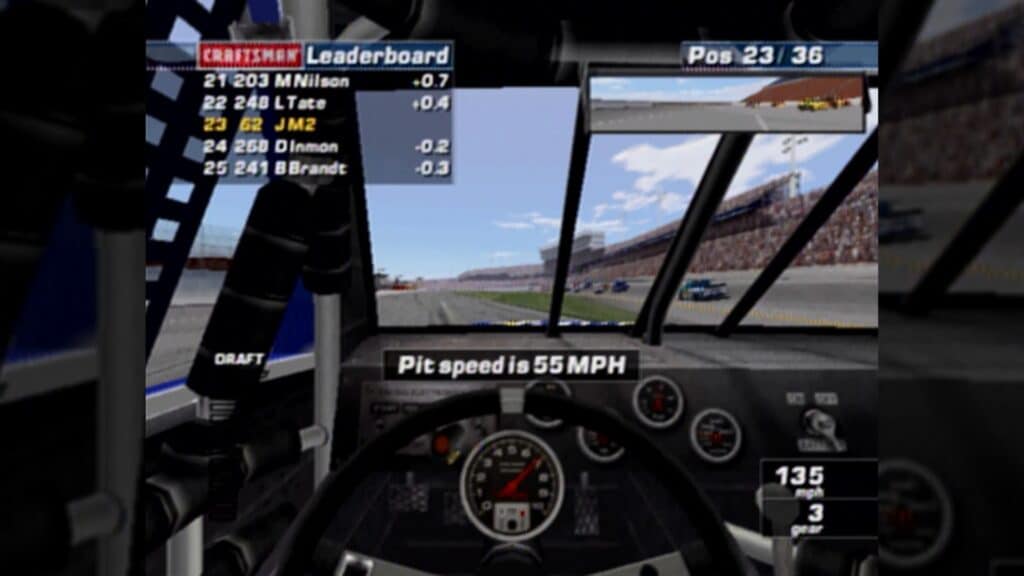
Heat was kind of that “other” game that existed in a time of non-exclusivity. While it fit more on the arcade side of the gaming spectrum, EA’s take on NASCAR had much greater popularity among NASCAR fans. They had been producing games since 1997 with their release of NASCAR 98.
Monster Games developed NASCAR Heat and NASCAR Heat 2002 before NASCAR: Dirt to Daytona. Funny enough, Dirt to Daytona was actually meant to be another NASCAR Heat game, specifically NASCAR Heat 2. If you click through the menus of Dirt to Daytona, you’ll notice a NASCAR Heat 2 logo in certain cutscenes.
As it stood amongst the three franchises, Papyrus really stood out amongst the rest with their physics and simulation-type setting. EA stood out as the standard for all of the sporting video games. They specifically had the popular Madden NFL Football game franchise that was taking off.
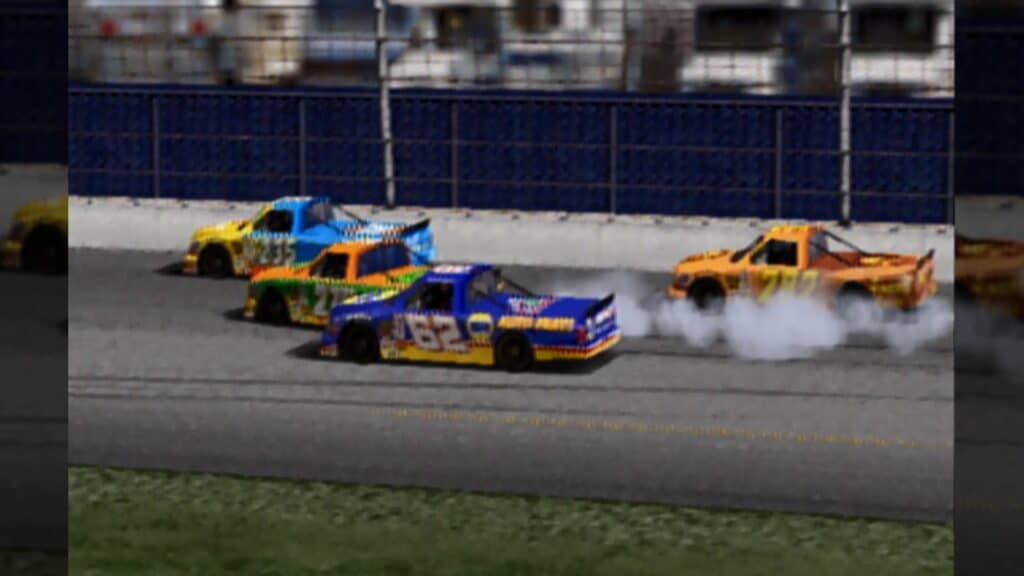
Looking back, Dirt to Daytona might be considered more of a cult classic when comparing it to the rest. However, I believe it completely changed the future of NASCAR gaming with its new career progression system when it launched in November of 2002.
STARTED FROM THE BOTTOM
Most sports games have a progression from the bottom to the top level nowadays, but in the racing game sphere, Dirt to Daytona would be the first to really dive in to a realistic career progression like that.
Players would start their story with a beat up stock car and a couple of dollars to their name. The first season would be an introduction to learning how to progress up the ladder. From there, it’d be about working their way up to make the top level of NASCAR Stock Car racing.

Sponsors would set goals, and hitting those goals would earn a bigger paycheck. From there, spend the money on better parts for the car to make it faster and better handling. Better finishes meant better companies wanted to get on board. That meant more income, which meant more to spend on improving the team, so on and so forth.
Eventually, you’ll get a deal with a sponsor to go Modified racing. From there, you’ll start the process of building a front runner team all over again. Rinse and repeat with the Trucks, then one more time with the NASCAR Cup cars.
As you continue through your career, you can continue to race in the lower series as well. You can also skip them, which is nice. However, if you’ve got a high paying sponsor and need the extra funds, it’s worth it to buschwhack here and there. You can also go for all of the championships if you want to.
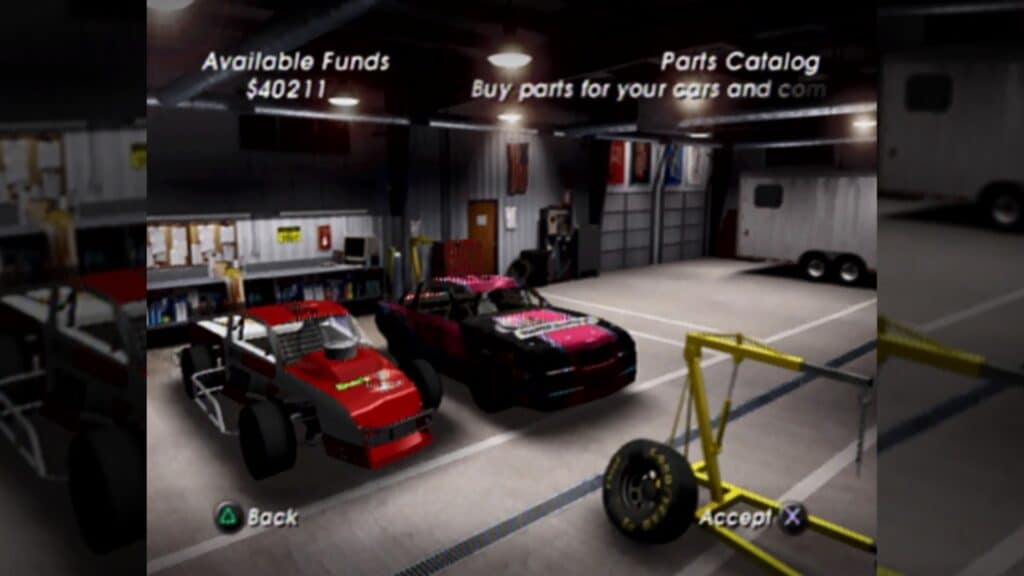
It wasn’t the most comprehensive career mode, but it was the first that truly made the player feel like they were progressing through an actual racing career.
PLAYING IN THE DIRT
Earlier in the year, the World of Outlaws released their first game all about racing on dirt ovals. Conveniently, Infogrames was the publisher of that title in March of 2002. It was Ratbag Games, however, who developed that one.
When you think about NASCAR, most people don’t associate it with dirt racing. Sure, the southern sport grew from racing on dirt surfaces back in the 1950s. As of a few years ago, dirt racing has returned to the top level series of NASCAR, but through the popularity rise in the 1990s, NASCAR was nowhere near any dirt ovals.

Rising drivers had to start somewhere though, right? There were tons on different avenues to start a racing career in the real-world. It wasn’t always a stock car, and it wasn’t always on pavement. That’s what Monster Games decided upon, and man, did it work out well.
For the era, the dirt racing aspect of Dirt to Daytona was pretty fun to partake in. There was a groove where the car would grip better. Getting the car sideways was a must to get the most out of a corner but too much skew would slow you down or spin you out.
Unfortunately, this was it for the dirt, as once you graduated to the modifieds, it was all asphalt from there.
THEN VS NOW
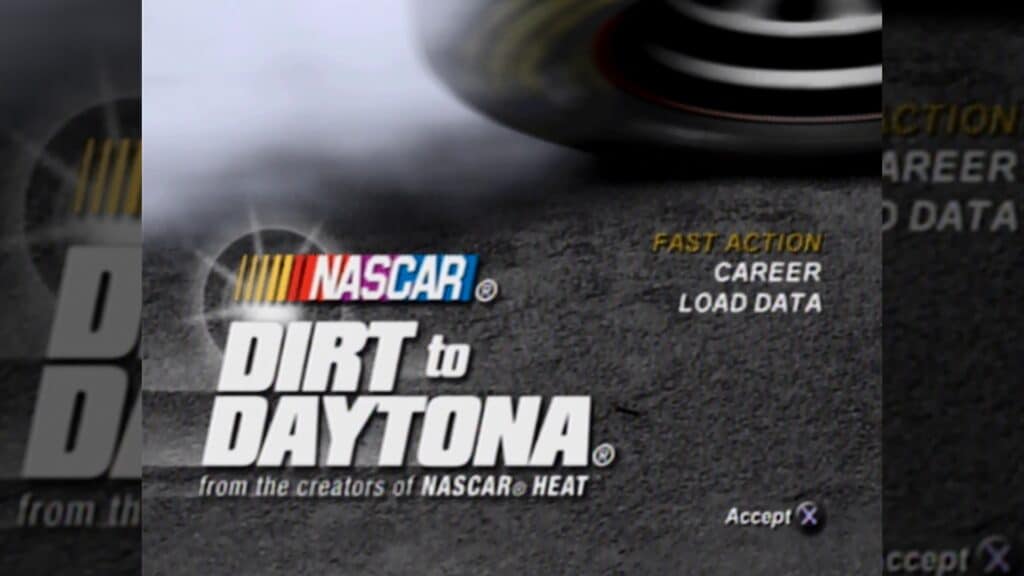
Dirt to Daytona turns 20 years old this year. Honestly, it has to have been about 19 years since I last played this title. As already mentioned, there were a ton of options to choose from back then as NASCAR fans. Today, you can still get a NASCAR fix on multiple platforms. As far as a standalone game, us fans have been deprived of anything good for a good bit now.
It felt like riding a bike as I picked up the PlayStation 2 DualShock controller. Besides the career, which is its own section of the title screen, there are also your standard game options under the Fast Action screen. Single Race, Local Multiplayer, and a standalone Championship were included over here.
On top of that, Fast Action included a Beat the Heat section, a Pro Trainer section, and there were some fun little unlockables to play around with. You could check your progression through the Fast Action section, and it almost feels like a completely separate game to the career. There was a lot in there for the time, and it’s what made Dirt to Daytona stand out against the others.

While I’d have to go back and play NASCAR Thunder 2003 to have a proper opinion to compare and contrast, just casually, Dirt to Daytona is one of those games you can still kick back and enjoy. It not only felt fun without having to change so many settings, but it got even more fun when I was able to go in, adjust the assists, change multiple facets of the car setup and learn the proper racing line of the venues.
WHAT IT LACKS
Dirt to Daytona was not the perfect game, by any means. Only 27 of the 35 full-time drivers from the 2002 season were included, and there were some notable omissions. Jimmie Johnson, Kyle Petty, Michael Waltrip, Ricky Craven and Bill Elliott were all missing from the roster, some of the biggest names in the series at that time.

The game also didn’t include three of the 23 tracks that were visited on the 2002 calendar. The fact that Chicagoland Speedway and Pocono Raceway were both missing wasn’t the end of the world, but it was pretty egregious that the Brickyard itself, Indianapolis Motor Speedway, was not included.
The customization of cars was pretty lackluster, but in 2002, it wasn’t too bad considering. While NASCAR Thunder introduced a car and team career progression the same year, Dirt to Daytona’s series progression had more of a realistic impact. Still, had those two technologies been combined, I think Dirt to Daytona would be in talks to go down as one of the greatest games of all time.
LASTING IMPACT
While future NASCAR games opted to progress players strictly through pavement up until the release of NASCAR Heat 3 in 2018, it may have sparked their competitors to adapt similar structure in their future projects.

Electronic Arts would end up with the exclusive NASCAR gaming license from 2004 to 2009. While EA had the more popular games, including one of my all-time favorites in NASCAR Thunder 2004 Season, it wasn’t until 2005 when they finally brought a similar career progression into their Chase for the Cup title.
NASCAR 2005: Chase for the Cup also had the Modifieds and the Trucks, but also had the step below the Cup Series, the Grand National Series, as opposed to dirt. Again, it had the similar precedent that your career started at a lower NASCAR level and you could work your way through the ranks to become the NASCAR Cup Champion.
That same sentiment held true when Monster Games returned to develop NASCAR video games in 2016. While their first return game, NASCAR Heat Evolution didn’t have them, the real NASCAR Heat 2 in 2017 featured the multiple series and a progression-type of career through the ranks.
That continued all the way through NASCAR Heat 5. Wouldn’t you know, the last three iterations of that game had the Dirt to Daytona concept with the addition of Dirt Late Models and dirt tracks.
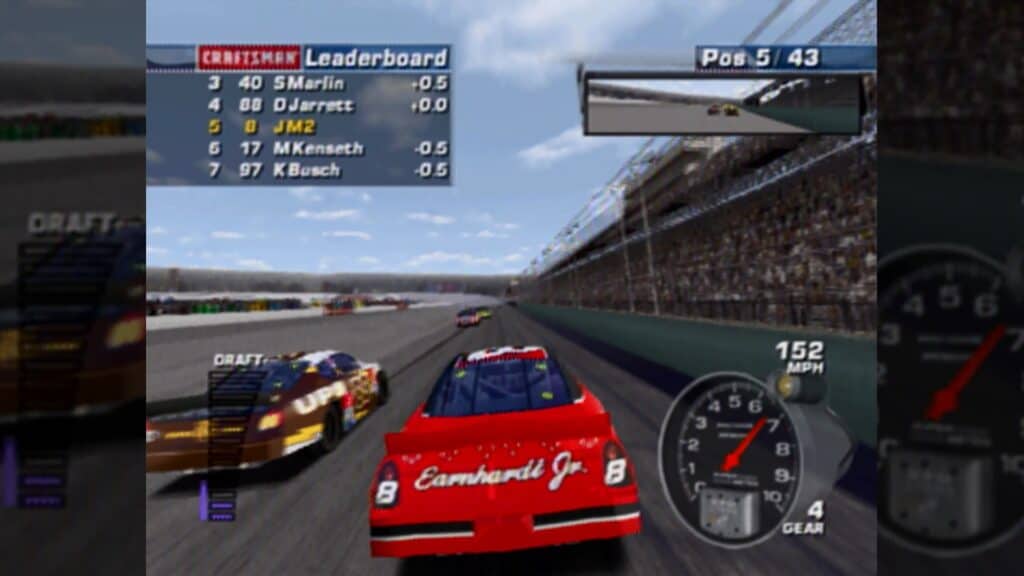
While NASCAR 21: Ignition was nobody’s favorite NASCAR game, I’m cautiously still looking forward to the future of NASCAR games. The next scheduled NASCAR standalone will be NASCAR 23 from Motorsport Games. Meanwhile, Monster Games is now a part of iRacing, and they’ve recently worked on SRX: The Game and are working on a new standalone World of Outlaws game.
Looking towards the future, I think we can all learn a lot from the past. I believe if you can take the DNA of the best games to exist and combine it together, you might get something worth playing. After looking back on it, I think Dirt to Daytona would definitely be one of those games to sample.
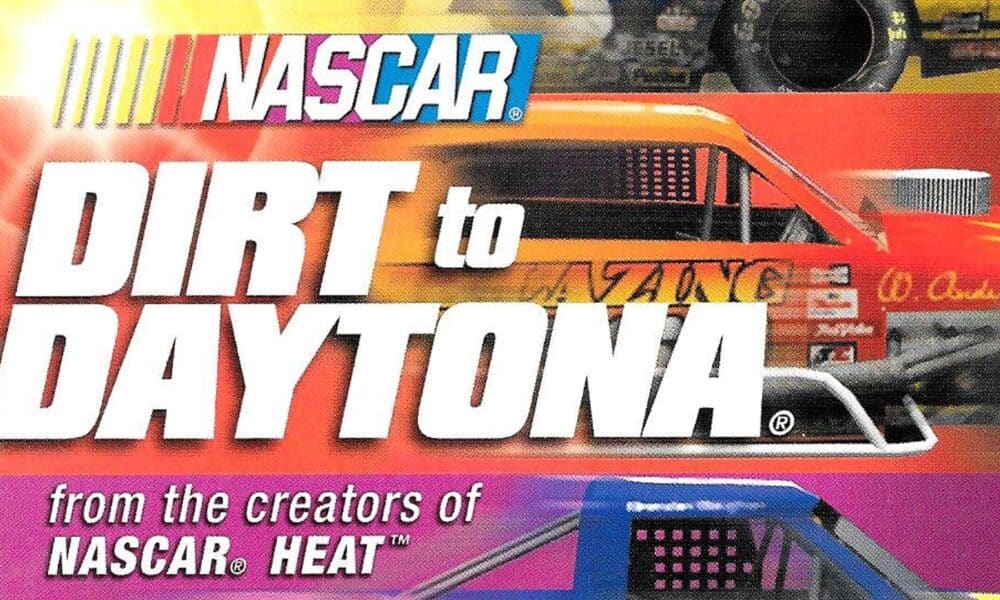





Chat with the Community
Sign Up To CommentIt's completely Free